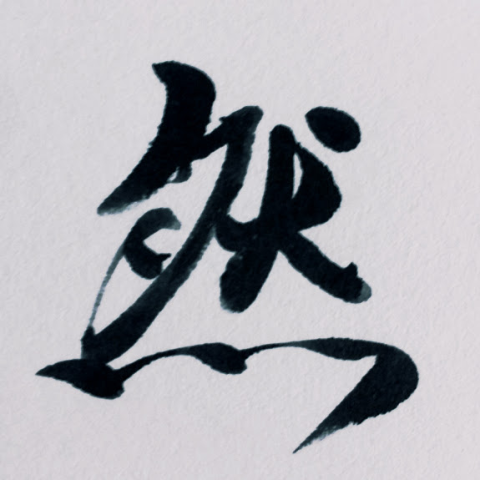A fun little thing I just found out about dear Ruby.
The operators and, or, and &&, || might look like they are alias that have the exact behaviors. That is not entirely true, there’s a tiny little difference between them: Operator precedence.
The and and or operators have a lower precedence than && and ||. Lets look at the examples:
var1 = true and false
var2 = true && false
They both should return false but guess what the values of var1 and var2 are? The value of var1 is set to true, while the value of var2 is false.
The reason behind this strange result is that the and operator has a lower precedence, which means that the = operator is being evaluated first. With that said, the first expression is actually telling Ruby to “set var1 to true, then evaluates it against false with the and operator”.
Now that && operator has a higher precedence than =, so the second expression tells Ruby to “set var2 to the returned value of the expression true && false”
However, if you change the first example to:
var1 = (true and false)
Both var1 and var2 will now equal to false.
That is all, for now.
